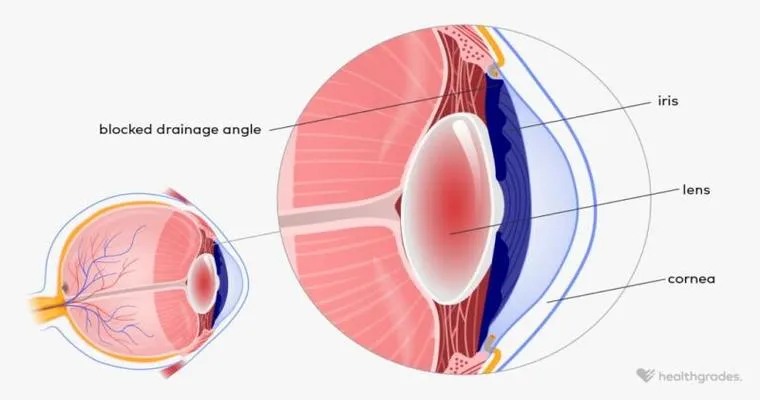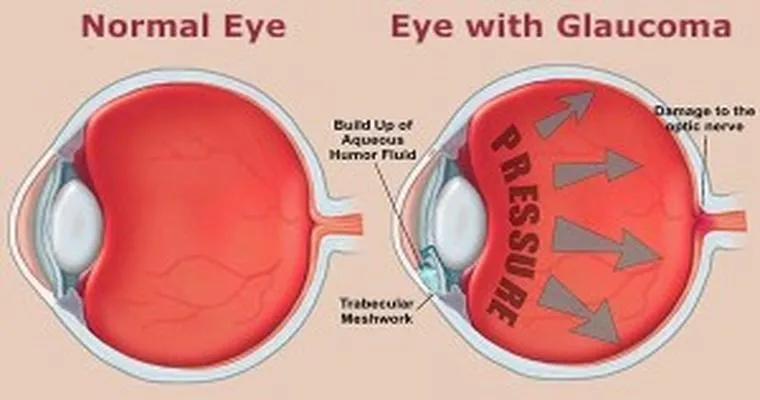"Glaucoma" is a serious eye condition that can lead to progressive vision loss and blindness if not treated promptly. It primarily affects the "optic nerve", which is crucial for transmitting visual information from the eye to the brain. The condition is often associated with increased "intraocular pressure" (IOP), but it can also occur with normal IOP levels. "Elderly" individuals are particularly susceptible to glaucoma due to a combination of age-related factors, making it essential for seniors to understand the risks, symptoms, and treatment options available.
As people age, the risk of developing glaucoma increases significantly. According to the World Health Organization, glaucoma is one of the leading causes of blindness globally, and its prevalence is notably higher among older adults. Several factors contribute to the heightened risk of glaucoma in the elderly, including:
1. "Age-Related Changes": As we age, the structure and function of the eye undergo changes. The drainage system of the eye may become less efficient, leading to a buildup of fluid and increased pressure.
2. "Family History": Genetics play a crucial role in glaucoma susceptibility. Seniors with a family history of the disease are at a higher risk of developing it themselves.
3. "Other Health Conditions": Conditions such as diabetes, hypertension, and other cardiovascular diseases, which are more common in older adults, can increase the risk of developing glaucoma.
4. "Corticosteroid Use": Long-term use of corticosteroids, often prescribed for various health issues in the elderly, can elevate intraocular pressure and contribute to the development of glaucoma.
Symptoms of glaucoma can often go unnoticed until significant damage has occurred. In its early stages, there may be no noticeable symptoms, making regular eye examinations crucial for early detection. Common symptoms that may arise in advanced stages include:
Loss of peripheral vision
Blurred vision
Halos around lights
Difficulty adjusting to low light
Early detection and treatment are vital in managing glaucoma. Routine eye exams can help identify the condition before significant damage occurs. Treatment options may include prescription eye drops to lower intraocular pressure, oral medications, laser therapy, or surgical interventions.
In conclusion, understanding what "glaucoma" is and why it affects the "elderly" is essential for promoting eye health in older adults. Regular eye check-ups and awareness of the risk factors can help in the early diagnosis and management of this potentially debilitating condition. Seniors should prioritize their eye health and consult with healthcare professionals for appropriate screenings and treatment options. By staying informed and proactive, older adults can better safeguard their vision against glaucoma.





